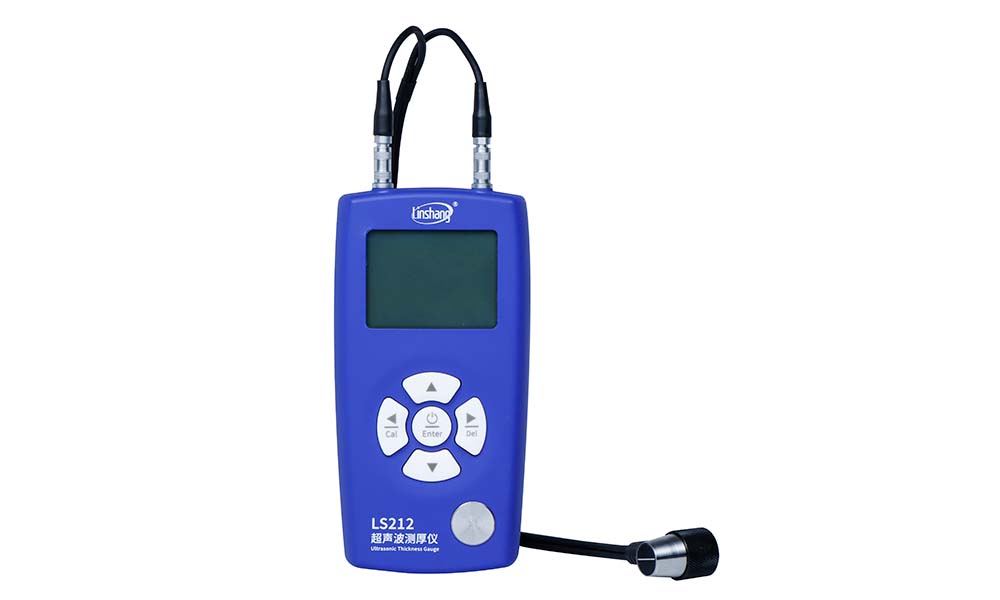Ultrasonic metal thickness gauge measurement principle and application
Based on the ultrasonic measurement principle, the ultrasonic thickness gauge uses the most recent high-performance, low-power microprocessor technology to measure the sound velocity of the material as well as the thickness of metal and other materials. In order to provide everyone reading this post a better grasp of ultrasonic metal thickness measurement, this article will provide extensive information about this sort of product from its measuring principle and application situations.
Principle of ultrasonic thickness gauge
The theory behind ultrasonic pulse reflection is the foundation of ultrasonic thickness gauges. The thickness of the material to be examined may be ascertained by precisely measuring the period of ultrasonic wave propagation in the material after the ultrasonic pulse generated by the probe reaches the material contact and is reflected back to the probe.
Application of ultrasonic thickness gauge
The device has great precision and outstanding portability due to the properties of ultrasonic waves with good directivity. It may be used in locations where calipers and other measures are not possible and is appropriate for measuring the thickness of objects from one side. It is frequently used to measure material thickness and detect corrosion in items like pipes, steel plates, metal containers, etc. Consequently, product testing is done in the shipbuilding, manufacturing, electric power, chemical, and metallurgical industries.
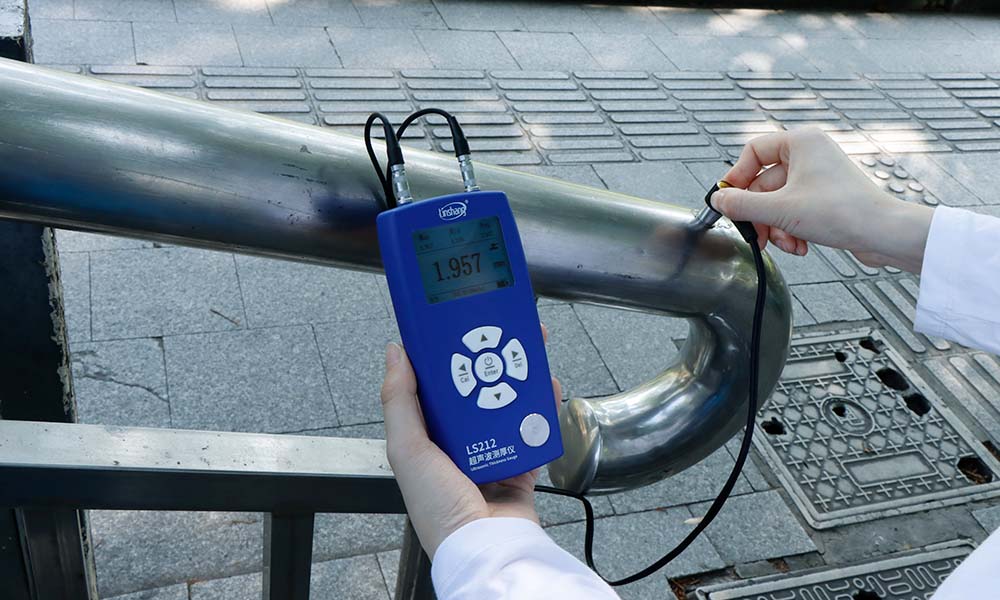
Ultrasonic thickness gauge test Stainless Steel
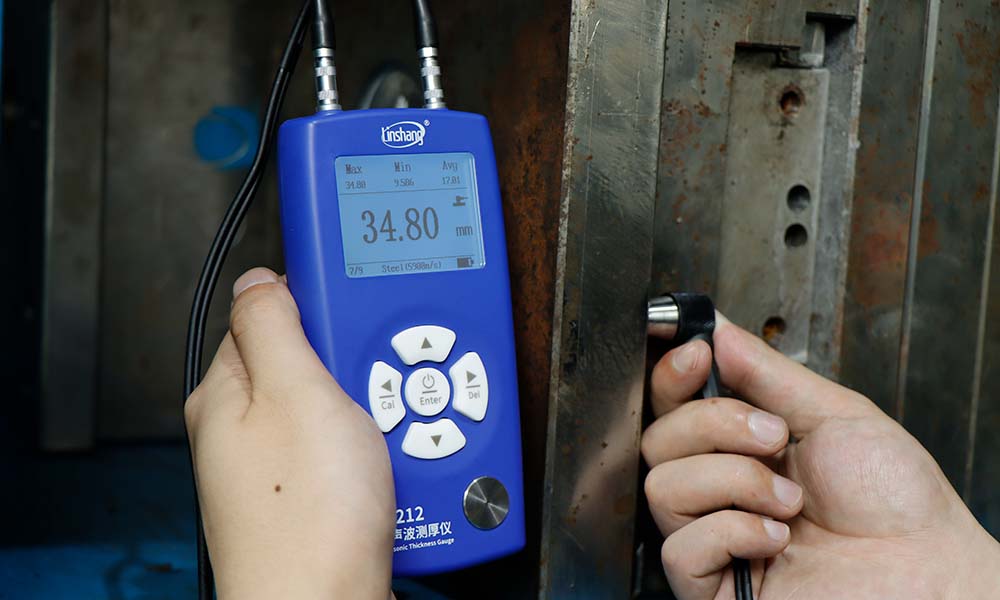
Ultrasonic thickness gauge test Die Steel
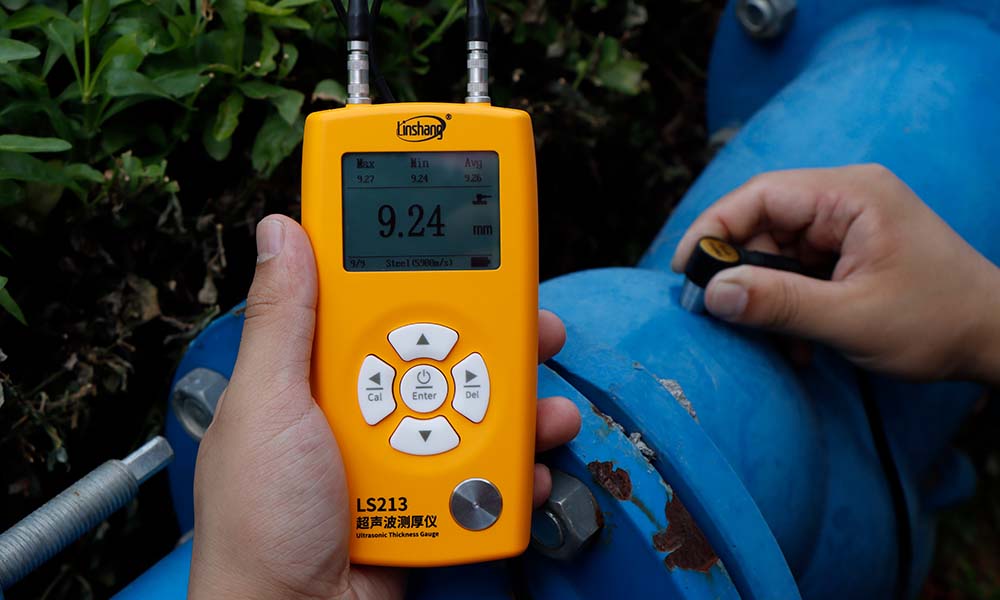
Measured metal pipes
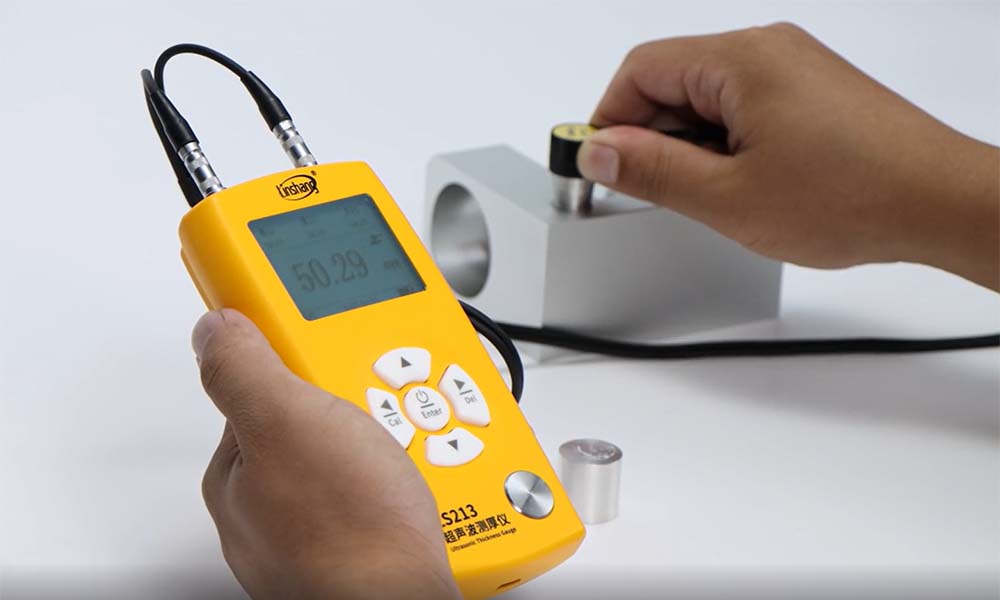
Ultrasonic thickness gauge to measure aluminum parts
Ultrasonic thickness gauges can be classified according to the types of probes, including standard probes, micro-diameter probes, coarse-grain probes, coarse-grain large-range probes and high-temperature probes. Different probes correspond to different ranges and applicable scenarios. Standard probes generally have a range of 0.8-600mm, which is suitable for most scenarios; micro-diameter probes are suitable for the measurement of thin walls and small arc surfaces; high-temperature probes are suitable for material measurements below 300°. Generally, the probe collocation is selected according to one's own needs.
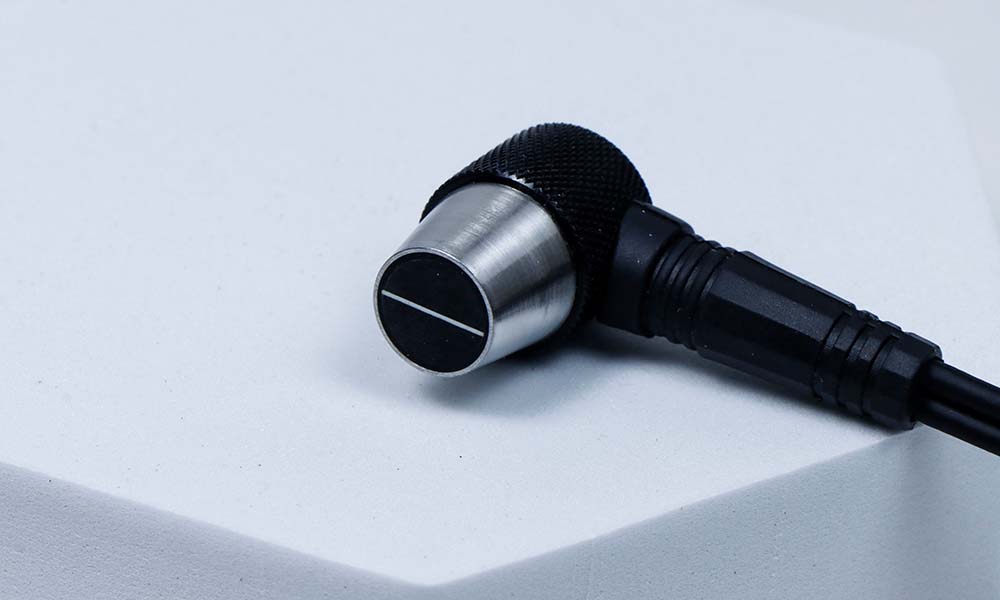
Different application scenarios can use different measurement methods
General measurement:
1. The same measurement point is tested twice with the probe, and the split planes of the probe in the two measurements should be 90° to each other, and the smaller value is the measured value.
2. 30m multi-point measurement method: when the measured value fluctuates greatly, take one measurement point as the center and make multiple measurements in an area with a radius of about 15mm, and obtain the minimum value as the measured value.
Accurate measurement method: Add some additional measurement points around the specified measurement points, and the thickness change is represented by isopach lines.
Continuous measurement method: Continuous measurement along the measurement points on the designated route, where the interval between each measurement point is not greater than 5mm.
Grid measurement method: the designated area is divided into grids, and the measurement data of each grid is recorded separately.
Precautions during testing: Do not have dust, dirt, paint and other coverings on the surface of the measured object; the surface of the measured object should not be too rough and uneven, which will also affect the measurement accuracy; the ambient temperature during the test should not exceed the working temperature range of the instrument.
Related product recommendation
Linshang LS212 Ultrasonic thickness gauge uses a professional timing chip with high precision and a large range of resolution up to 0.001mm. It can measure materials with a thickness of 0.8-350mm, and automatically switch the gain according to the material and thickness. The instrument uses a high-sensitivity ultrasonic dual-crystal probe, which can effectively reduce clutter. The probe shell is made of stainless steel, which is hard and durable. It is suitable for testing the thickness and corrosion degree of various metal materials. It is easy to carry and easy to use. It is the best choice for metal thickness measurement.
The measurement method of an ultrasonic metal thickness gauge is described above, along with some of its primary applications. Ultrasonic technology is becoming more and more common in society, so it is also crucial to comprehend their use. It plays a significant role in the safe operation of machinery and the contemporary management of our production life.
